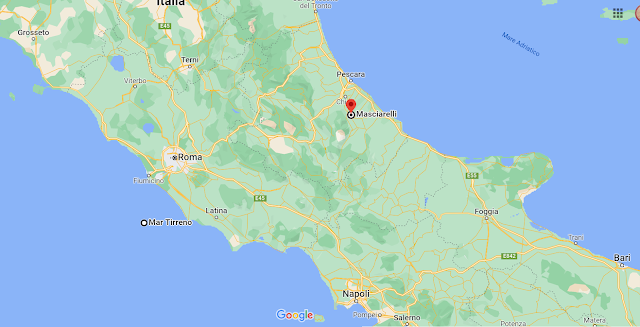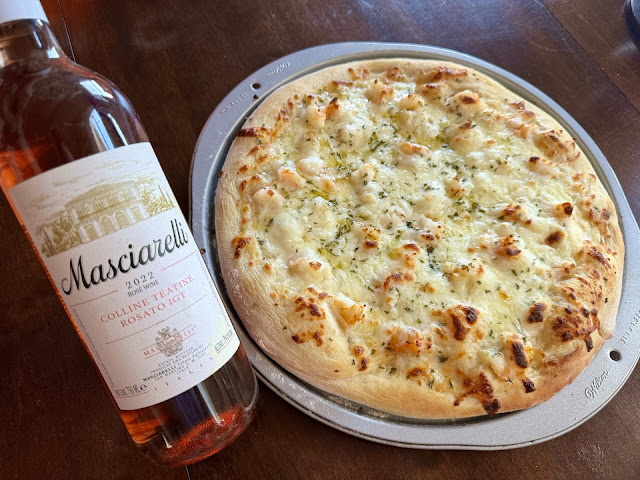Although I love highlighting Italy’s indigenous grapes, wine regions, and producers I think it’s also good to take a step back from time to time and highlight some of the basics in understanding Italian wine.
Italy is home to over 2,000 native grape varieties with about 400-500 of them being actively being commercially produced. It’s always a challenge to understand wine labels, especially ones that you’re not too familiar with when it comes to the land, the grapes, nor the language. Let’s break down one of those barriers today in understanding the 4 classifications or designations of Italian wine, VdT, IGT, DOC, and DOCG.
 |
| Sourced from Federdoc |
What do Italy's wine classifications mean?
It’s important when looking at wine labels to understand the many different elements listed on the label that will help you understand more about what is in the bottle. One of the main components of understanding Italian wine labels is understanding where the wine is from and what grapes were used in producing the wine. Much of this can be understood depending on which Italian designation is listed that will provide more information.
The Italian wine classification system was modeled after France’s AOC wine classification system. With each designation listed, it helps the consumer to have certain expectations about the quality of the wine. Depending on the classification you will understand more about the grapes permitted, the alcohol level, the territory, aging requirements, yields, and the production methods in which the wine was made. Not every designation requires all of these elements, but the higher up the pyramid the wine climbs, the stricter the regulations.
The differences between VdT, IGT, DOC and DOCG on Italian wine labels
As previously mentioned, Italy has 4 wine classifications:
- VdT – previously known as vino da tavola
- IGT – Indicazione Geografica Tipica
- DOC – Denominazione di Origine Controllata
- DOCG – Denominazione di Origine Controllata Garantita
Let’s take a further look at each of the Italian wine classifications.
Vino da Tavola – VdT wines
The VdT, or vino da tavola, classification is a catch-all for all the Italian wines that don’t qualify into the other classifications. The wines produced in this category can come from anywhere within Italy so they don’t represent a particular identity of a winemaking region. It’s your basic table wine and is considered the lowest quality level when we look at the overall pyramid of Italy wine designations.
IGT wine designation
The next step up in quality would be the IGT wines. Although, you can’t judge all these wines by their designation only. Some of Italy’s top fine wines including Tignanello are actually IGT wines. The reason for this is because some wine producers want flexibility to experiment and make wines the way they want to make them. Unfortunately, with such strict regulations the higher you climb in the Italian wine pyramid of classifications it doesn’t allow some of these producers to make wines in such a way.
The IGT designation was created in 1992 with over 120 IGT classifications found throughout Italy. Today you may also see these wines labelled PGI, Protected Geographical Indication. Typically, IGT wines will come from a region or particular area within the region that you will find on the label, but on a broader scale.
 |
| As you'll see this particular wine is in the Colline Teatine of Abruzzo |
The DOC designation was created in 1963. Can you guess what was the first DOC Italian wine created? If you’re familiar with the medieval tower filled town of San Gimignano in Tuscany and have tried their white wine, Vernaccia di San Gimignano, then you tasted Italy’s first DOC granted wine, along with Frascati and wines from Ischia. Today there are over 330 DOC Italian wines.
These wines, along with the wines under the DOCG, must adhere to strict guidelines in comparison to the VdT and IGT designations. To be labeled as a DOC and DOCG, these wines require certain percentages of grape varieties, aging requirements, alcohol levels, grape yields, and specific territories in which the grapes are grown and produced. Every DOC has different requirements so you must look up that particular DOC to understand their regulations.
DOCG wine designation
Topping the Italian wine pyramid is the DOCG designation. The wines labeled with the DOCG status are considered the highest quality Italian wines per the name, Denominazione di Origine Controllata Garantita, where these wines are guaranteed for their quality. To qualify with the DOCG designation the wines must be analyzed and taste tested by the government. The DOCG wines show a sense of identity for the terroirs in which they grow.
 |
| Vernaccia now as a DOCG |
Established in 1980, many of Italy’s great Italian wines fall under this category including the first two wine appellations that were granted the Italian DOCG designation, Brunello di Montalcino and Vino Nobile di Montepulciano in the Tuscan wine region. The appellation must have been a DOC for at least 10 years. Today there are about 77 DOCGs with the regions of Tuscany, Piedmont, and the Veneto leading the pack with the most DOCGs.
Both the DOC and DOCG wines have a unique label wrapped around the neck of the bottle that contain a serial number from their production. As of the European reform of 2008, both of these designations fall under the protected class of authenticity, DOP, or Denominazione d’Origine Protetta. You will also see many authentic Italian foods with the DOP label that have been certified by the European Union.
Use these designations as a guide for quality, especially with the DOC and DOCG wines, but understand there may be some hidden gems in the IGT category. Drink what you like!
Also, in support of Vino Travels, if you plan to purchase wines I may receive commissions if any wines are purchased directly from Wine.com.




